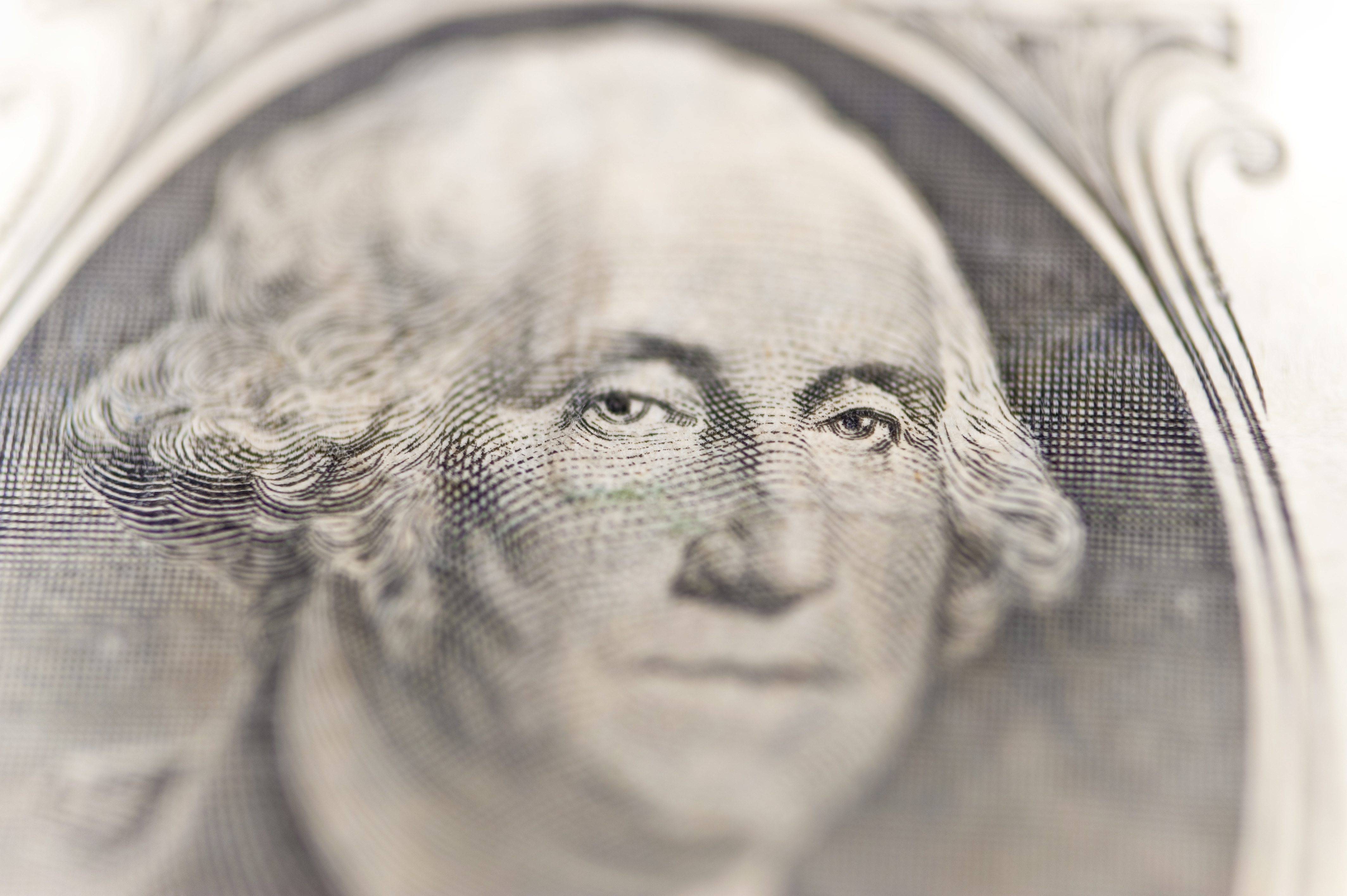How to price your ebook can be a tough decision.
Which is surprising since there aren’t many standard price points to choose from!
$.99 – $9.99
That can be broken down in fifty cent increments or one dollar increments. ($1.49, $1.99, $2.49, etc.)
Sure, you could charge $1.27, or $6.73, but price points like that tend to make customers think they’re buying a used item.
So with a max of 19 prices, how do you price your ebook?
What does the competition charge?
Get a clear picture of what people expect to pay for your kind of story.The best place to start is to look at what the competition charges in the Top 20, then price-match the books that you’d like to compete with.
For those of us who write in those annoying little gray areas where it’s tough to find the competition… well… we need to dig a little deeper to find good facts to work from.
My Shirley Link mystery series for Middle Grade to Young Adult is a perfect example. Not many indys write in this specific category, which makes it hard to price match with competitors. I’ve found that most people just won’t pay a Nancy Drew price for an indy book.
Not enough competition to price-match? Try, and try again!
After a lot of trial and error, I’ve settled on my latest pricing strategy of:
Shirley Link & The Safe Case (#1): FREE
Shirley Link & The Hot Comic (#2): $.99
Shirley Link & The Treasure Chest (#3): $2.49
Shirley Link & Black Cat (#4): $2.99
It’s a cross between the pricing strategy of Romance ebooks and Kids ebooks. Start free, make #2 cheap, then crawl up to $2.99, where I can start to make some good money.
Frankly, it’s been a tough road to find the right price for Shirley Link! But I’m definitely getting closer as I try different prices and roll out new books.
Should I go free?
Perma-free is the term we use to describe a book that is free “forever.” Many series authors make the first book in the series free because it helps increase visibility. Going perma-free, when done right, can mean higher sales for the rest of your series.
If you write a series, then do the following to decide if you should go perma-free on Amazon.
1) Do 3 Free Promo Days with book #1.
2) Measure the sales of the entire series post-promo.
3) Answer this question: If your entire series did this well all the time would you be happy? If the answer is yes, then ask a follow-up question. Would you be happy if your series did half as well all the time? If the answer to that is yes then make the first book perma-free. Why? Because the book is strong enough to act as a good entry-point for your entire series. So it’s likely that it will drive satisfying sales. If the answer to either question is no, then perma-free is probably not for you.
If your free book doesn’t rocket readers into your other books, then permafree is not a good pricing strategy.
The bottom line is this: your audience will send strong signals if your price is wrong. For instance, if you see slow sales after a successful free promo day on Amazon, then one reason could be the price point. “But I charge one buck for my ebook!” you might say.
The problem could still be with your price.
Your price may be too low.
Try jacking it up 50 cents. Yes, really. It worked for my third Shirley Link book.
One last tip is to reach out to fans. Ask them what they think the book is worth. Your readers can offer some keen insights on topics ranging from pricing to book description to, of course, story content!
How did you decide the price for your ebook? Do you experiment a lot, too?
Check out my post on how to make your book free on Amazon.
by Ben Zackheim
You may also like:
Prepare your book for its KDP Select free promotion days
Amazon KDP Select has a bridge to sell you! No, really.
The $11 Million question: Is KDP Select worth it?
Want to do more research on pricing your book? Here’s some good reading:
Nick Stephenson (with nifty graphs!)
—-


Trackbacks/Pingbacks